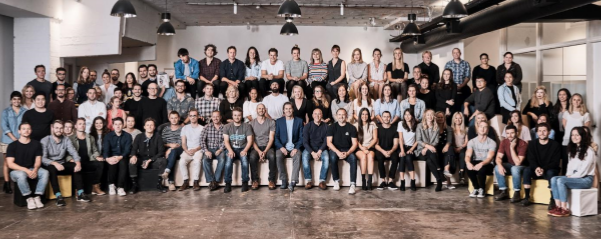Consultancies acquiring agencies makes a lot more sense than you’d think
The Monkeys and Accenture, The Works and RXP, PwC and Thinkerbell: consultancies are gobbling up agencies by the bucketload. It’s a trend that at first seemed unthinkable, but one that could actually make a lot of sense, explains James Sykes.
‘Where there’s muck there’s brass’ is how a blunt Yorkshireman says there’s money to be made in the tough jobs others would prefer to avoid.
These wise words apply to the mucky middle ground between business consultants and creative agencies which is all too often ignored in the polemic debate on agency acquisition and its hypothetical train smash of cultures.

The Monkeys was famously bought by Accenture earlier this year
This mucky middle is a title fight. In the blue corner, efficiency strategies and enterprise design make consultancies a safe bet for the C-suite.

